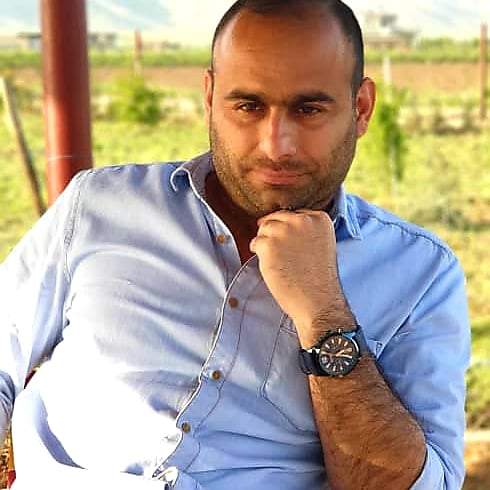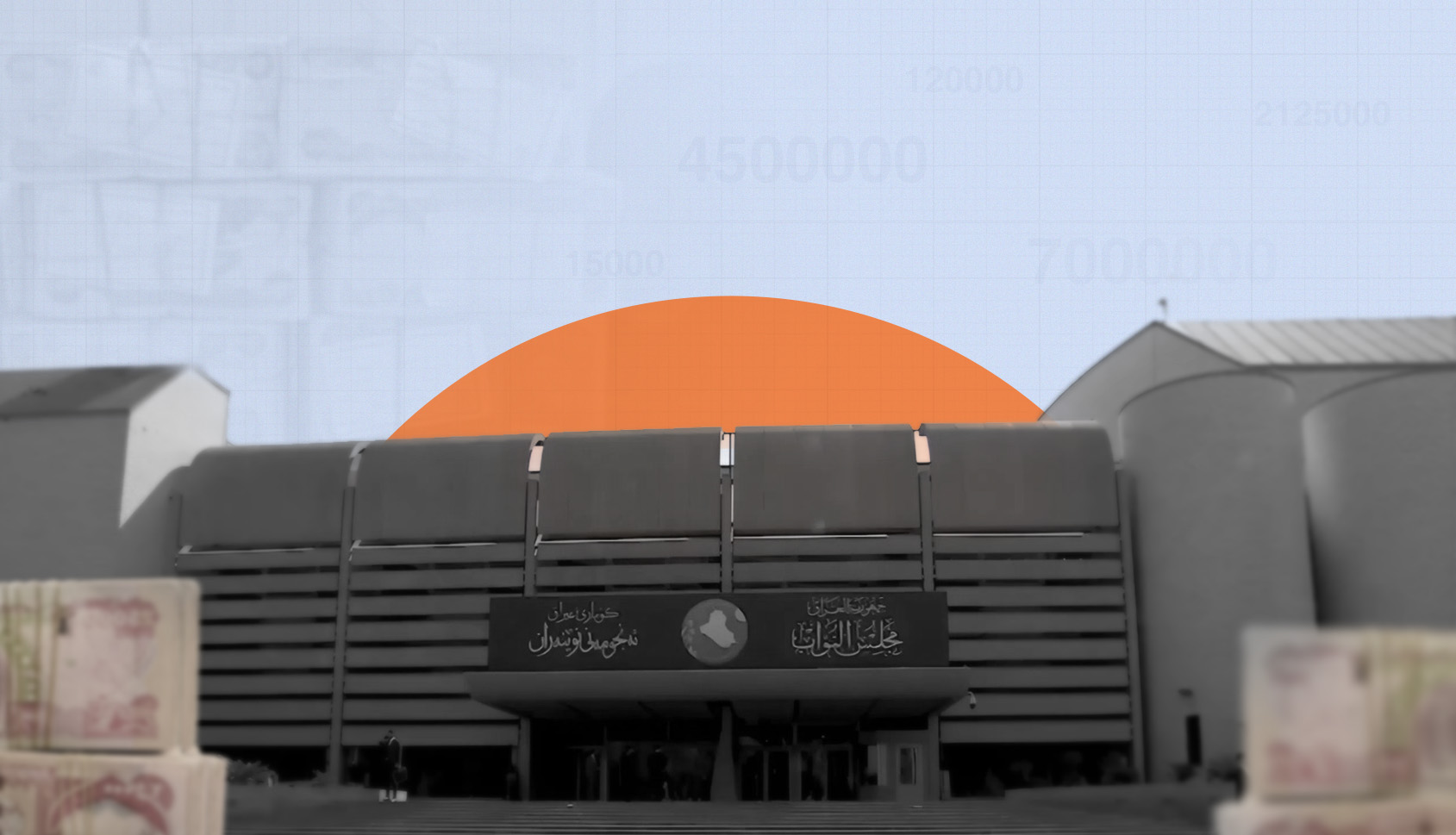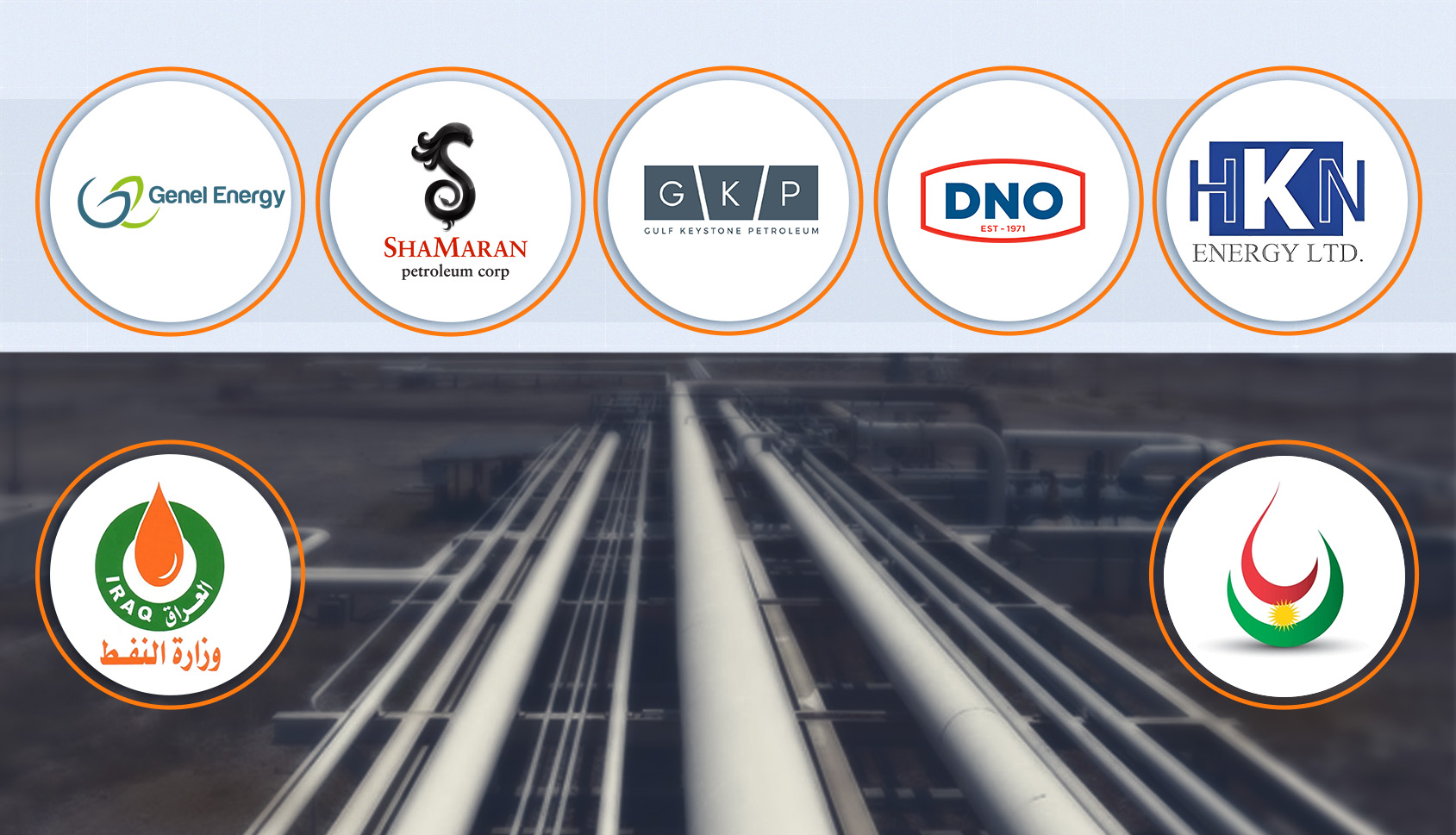RRC |
Shivan Ibrahim|
On 4-20 / 4/2020, again the city of Qamishli witnessed clashes between Asayish and the National Defense Forces (militia affiliated with Syrian Regime) and lasted for a few days, in an area that is the main nerve of the daily networking between the people of the city, the residents of the Tayy neighborhood, the Arab villages loyal to the Syrian government, and with the city center of Qamishli. Especially since the clashes took place at this point, which is considered a direct and separating contact between the control points of the Syrian Democratic Forces (SDF), and the various affiliated military wings with the security and military forces of the Syrian government, and only about 500 meters apart. The dynamics regulating the nature of the relationship or the juxtaposition between the points of control and power are subject to permanent violations since the undeclared power sharing between the Autonomous self-Administration and the Syrian government. Although the armistices constitute the permanent mobility after each military clash or conflict, in which medium and light weapons are used. However, the loss of durability of the truce continues to dominate the security and military scene in the region.
Despite the Russian agreement with the SDF, and the latter’s partnership with the international coalition against ISIS, none of the main actors in the Syrian event showed any desire to end the National Defense Forces, while not issuing any clear American position against the presence of the Syrian government forces in the region. Although the scenarios of clashes and exchanges of fire are always repeated at specific points, they constitute the dividing line between the two parties in the city, as an example of this is the checkpoints deployed in the southern neighborhood, Halko area, and Al-Wahda roundabout, as internal and external barriers prevent the SDF from controlling that neighborhood.
Internal barriers to changing the rules of control
The issue of repeated clashes from time to time in that area specifically, “Al-Wahda roundabout towards the Tay neighborhood.” which forms the backbone of the neighborhood and the rural area in the south of the city. It is a line of transportation for all the people of the Arab villages that support the Syrian government, including the trade process. Arab families depend, for part of their economic income, on the sale of milk, milk, eggs, and some meat. It also constitutes a pipeline of food supplies and oil derivatives into that neighborhood, and an exit and entry point for Syrian government employees, including civilians, military, and officials. On the other hand, it is the go-to gateway for the employees of the self- Administration from the military forces and the employees of its institutions, who live in that neighborhood. In the sense that any imbalance in the composition of the balance of power will affect the one who caused it. There is always no agreement and no international will. That neighborhood is considered one of the security squares of the Syrian government, and the vast majority of its residents owe allegiance to the Syrian government and its forces. This is in addition to the possibility of the spread of light and possibly medium weapons among most of its inhabitants, and the existence of neighborhoods and numbers of Kurdish families within that region. At the end of the neighborhood, the neighborhood is in direct contact with the military regiment, which constitutes the most prominent threat and challenge to the SDF in any thinking outside the international framework.
The neighborhood is also access point to the southern entrance to the city, and it is considered the main and official entrance until now, except that it is the entrance to Qamishli International Airport. On the other hand, the city of Qamishli has seen more than once problems and bombings by “people” who live in that neighborhood and who manage to infiltrate into the city.
International prohibitions against military expansion
Despite the dynamism of both sides’ security checkpoints, since nearly a year, the three Syrian regions, northeast, northwest, and the Syrian depth have not witnessed any change in the points of control, distribution, security and military deployment. The conversations revolve around the possibility of establishing that distribution into geographic boundaries interconnected with each other, according to a specific and agreed political mechanism that preserves the components of their rights and protects them from direct confrontations. Each party shall have its own geographical / administrative and political status; As a result of the state of incompatibility and disunity between the components of these parties against each other, and the limited communication on the economic side and trade exchange only. Geographical distribution requires a ceasefire, and the absence of any clashes that would change the control points, or require some local actors to intervene militarily, which affects the local concentration points, within any region, and the possibility of the clashes spreading to uncounted points. Therefore, any attempt to control the Tayy neighborhood before an American-Russian green light, SDF will incur exorbitant costs that are indispensable. It does not need a new portal from social problems, tensions and convulsions. On the other hand, there is no strength or energy for the national defense to control a city like Qamishli, which contains multiple and diverse ethnicities, nationalities, and sects.
The civil peace has damaged
There is no room to talk about an Arab-Kurdish conflict as a result of these clashes, due to the involvement of thousands of people from the Arab component that included the SDF forces, the Asayish and others, and the tribal ties between the Kurds and Arabs along the borders of the region. For your information, the SDF did not show any desire or talk about controlling that neighborhood, because it is aware of the human and political cost of this process, It does not seem in the horizon any intention of it about that, and all the conversations that revolve around this matter, it is possible that they are media outlets seeking to destabilize the people.
In general, the most affected by any military operation is civil peace, and the red lines that social rules have preserved in their dealings with others. Which requires the permanent intervention of the civil peace committees. Apart from its impact on the areas of influence of the Syrian government, which will spare no effort or time to respond in all ways. For decades, civil peace has been entrenched among the people, despite the tensions the city was witnessing, and an encroachment on the property of the Kurds, as in the uprising in 2004. However, the strongest link in the entire Syrian series of events is that the region has not turned into a national or sectarian conflict. This must be preserved on a continuous basis, until a solution to the Syrian murderer is found.






